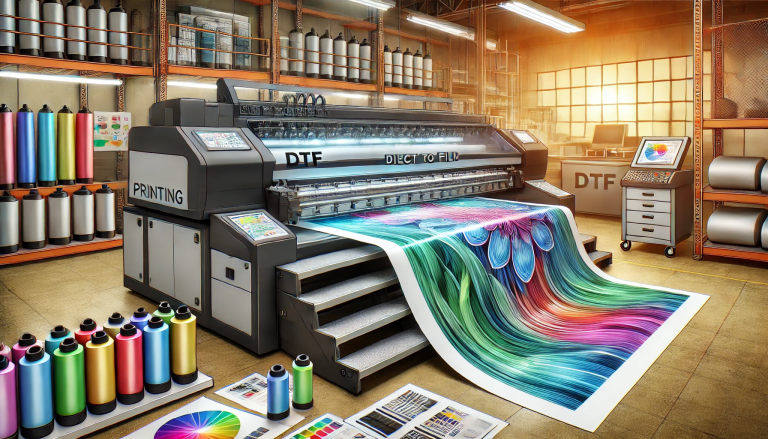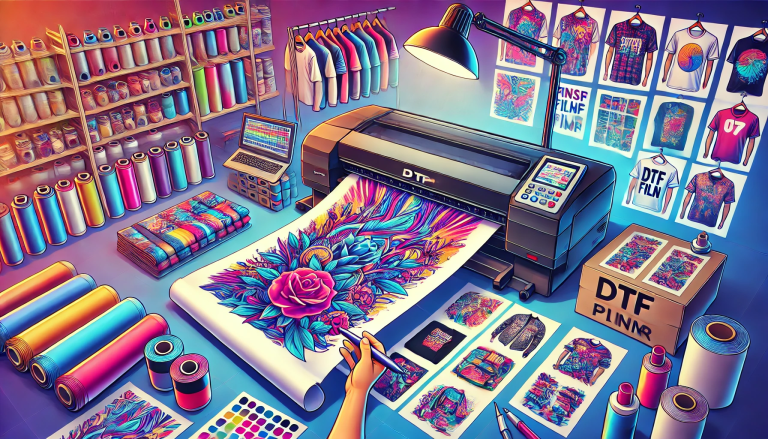“Is Pet UV DTF Resistant? A Comprehensive Guide for Pet Owners” -MAXDTF- UV DTF Adhesive Transfer Decal Supplier, China UV DTF Decal, Made in China
Introduction:
As pet owners, we want our furry friends to be comfortable and safe in their surroundings. When it comes to choosing the right materials for pet-related products, one common concern is whether they are UV-resistant. In this article, we will delve into the world of PET (Polyethylene Terephthalate) and explore its UV resistance properties in the context of Direct-To-Film (DTF) printing. Divided into five parts, this comprehensive guide will help pet owners make informed decisions about using UV DTF products for their pets.
Part 1: Understanding PET Material and Its Properties
1.1 PET Material Overview: PET is a commonly used plastic material known for its clarity, strength, and versatility. It is widely used in various applications, including packaging, textiles, and even pet products.
1.2 PET UV Resistance: PET has good inherent UV resistance due to its chemical structure. However, its resistance may vary depending on factors such as processing, additives, and specific UV exposure levels.
Part 2: Direct-To-Film (DTF) Printing Technology
2.1 DTF Printing Explained: DTF is a popular printing method that involves transferring designs from a printed film onto a substrate using heat and pressure.
2.2 UV Properties of DTF Printing: UV resistance is a crucial consideration when using DTF printing, especially for pet-related products. It is important to assess the UV resistance of the ink and film used in the DTF process to ensure the longevity and safety of the printed designs.
Part 3: PET UV Resistance and DTF Printing
3.1 PET Film for DTF Printing: PET films are commonly used as a substrate for DTF printing due to their excellent clarity and durability. However, PET films may have varying degrees of UV resistance depending on their specific composition and manufacturing process.
3.2 UV Resistant PET Films: Some PET films are specifically formulated to enhance UV resistance. These UV-resistant PET films are designed to withstand prolonged exposure to UV radiation, ensuring the longevity of the printed designs even in outdoor or high-UV environments.
Part 4: Considerations for Pet-Related DTF Printing
4.1 Pet-Friendly DTF Inks: When using DTF printing for pet-related products, it is essential to choose inks that are safe for animals. Look for eco-friendly, non-toxic, and pet-safe DTF inks that have undergone rigorous testing and meet safety standards.
4.2 Outdoor Use: If you plan to use DTF-printed pet products outdoors, such as collars or tags, ensure that the UV-resistant PET film and ink combination provides adequate protection against UV degradation.
Part 5: Maintenance and Care for UV DTF Printed Pet Products
5.1 Cleaning and UV Protection: To maintain the longevity of UV DTF printed pet products, follow the manufacturer’s guidelines for cleaning and care. Avoid abrasive cleaners or excessive exposure to direct sunlight, as these factors can accelerate UV degradation.
5.2 Regular Inspection: Periodically inspect UV DTF printed pet products for signs of UV damage, such as color fading or material degradation. If any issues are detected, consider replacing the product to ensure the continued safety and comfort of your pet.
Summary:
UV resistance is an important consideration when using PET material for DTF printing in pet-related products. PET films can vary in their inherent UV resistance, and it is crucial to select UV-resistant films and inks that are safe for pets. By understanding the properties of PET material, the UV resistance of DTF printing, and proper maintenance, pet owners can ensure the durability and safety of UV DTF printed products for their beloved pets.





